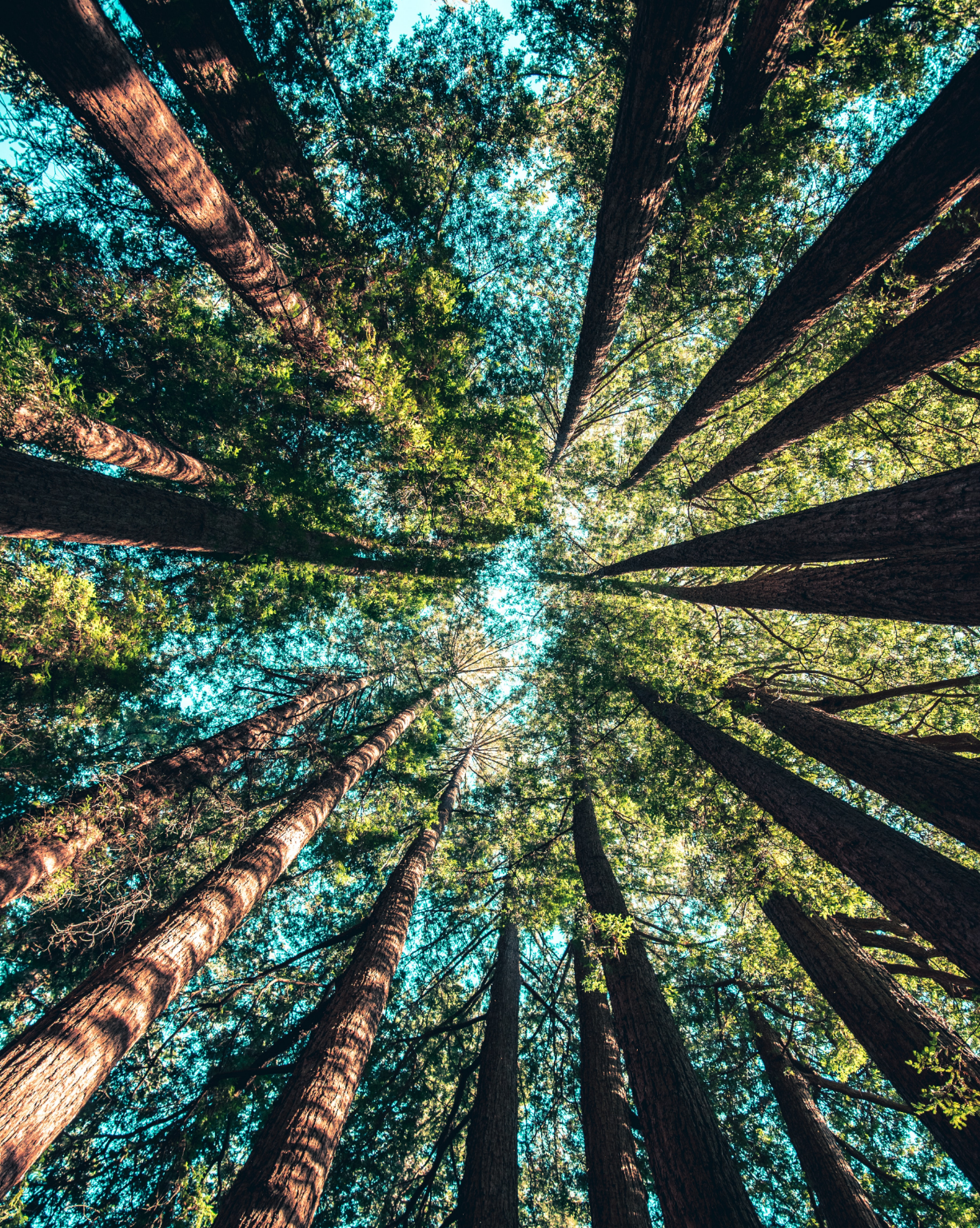Common Summer Pests and Diseases Affecting UK Trees
(And What to Do About Them)
As summer arrives across the UK, trees in gardens and woodlands enter a period of rapid growth, but it’s also when pests and diseases are most active. Warm, dry conditions can stress trees, leaving them more vulnerable to attack. Recognising the early signs of trouble can help homeowners act quickly and protect their trees before problems worsen.
This guide highlights the most common pests and diseases that appear during a UK summer, particularly in July and August, along with practical tips on how to manage them. Whether you’re dealing with curled leaves, sticky residue, or discoloured bark, knowing what to look for is key.
Pests to Watch For in July and August
Aphids (Greenfly/Blackfly)
These tiny insects feed by sucking sap from young leaves and stems. Affected leaves may curl, yellow, or become misshapen. A key sign of aphid activity is a sticky substance called honeydew, which can coat lower leaves, patios, or garden furniture. This residue can also encourage the growth of black sooty mould.
In most cases, aphids don’t pose a major threat to mature trees, but if the population grows large or starts damaging new growth, you may need to act. Gentle measures such as washing them off with a hose or encouraging natural predators (like ladybirds) are often effective.
Caterpillars
Caterpillars from moths and butterflies can chew noticeable holes in leaves or skeletonise them entirely. Some, like the larvae of the ermine moth, spin dense silk webs over branches and feed collectively. While this may look alarming, many trees recover fully once feeding ends. If a large section of a tree is affected or defoliation is severe, targeted pruning or treatment may be needed.
Red Spider Mites
These microscopic pests thrive in hot, dry weather. They feed on leaf surfaces, leaving a fine speckling or bronzed appearance. You might also notice delicate webbing between leaves or branches. Although they are hard to spot with the naked eye, a significant infestation can weaken a tree. Spraying leaves with water and improving humidity can help deter them.
Common Summer Diseases
Powdery Mildew
A white, dusty coating on leaves, especially on new or shaded growth, often points to powdery mildew. This fungal disease is common in summer and typically affects maples, oaks, and other ornamental trees. It’s more unsightly than dangerous, and healthy trees can usually tolerate it. Improve airflow and avoid overfeeding to reduce recurrence.
Leaf Spot and Tar Spot
Various fungi cause spots or blotches on leaves. Tar spot, for instance, appears as raised black dots on sycamore or maple leaves. Although it looks dramatic, it doesn’t usually harm the tree long-term. Raking up and disposing of fallen leaves in autumn helps reduce future outbreaks.
Canker and Dieback
Some pathogens cause dead, sunken areas on branches or trunks, these are known as cankers. You may also notice oozing sap or bark that cracks and peels. If cankers expand, they can cut off nutrients and lead to dieback. Prompt pruning of infected limbs and boosting tree health can sometimes stop the spread, but extensive damage may require professional intervention.
When Should You Be Concerned?
Not every blemish is a cause for alarm. Minor damage is often part of a tree’s natural interaction with its environment. However, be wary if:
- The majority of a tree’s leaves are affected
- You notice rapid leaf loss or dieback
- Bark shows cracks, bleeding sap, or large cankers
- A pattern of yearly decline is emerging
In these cases, it’s wise to seek expert advice to prevent lasting harm.
What You Can Do
Support natural predators: Encourage ladybirds, hoverflies, and lacewings by growing pollinator-friendly plants. These insects help keep pest numbers in check.
Avoid overwatering or overfeeding: Too much moisture or nutrients can encourage disease. Water young trees during dry spells, but let the soil drain well.
Prune carefully: Avoid heavy pruning in summer, which can stress the tree or promote weak new growth. Remove only clearly dead or diseased branches.
Clean up fallen leaves: Diseased leaves can spread spores if left on the ground. Rake and dispose of them, especially in autumn.
When to Call an Tree Surgeon
Some issues require a trained eye. Call a professional if you notice:
- Sudden wilting or yellowing across the canopy
- Mushrooms or fungal growth on the trunk or roots
- Multiple large cankers or rapid dieback
- Any safety risk, such as dead branches near walkways or buildings
A certified tree surgeon or arborist can assess the cause, recommend treatments, or safely remove hazardous limbs. Learn more about our Tree Trimming and Pruning or Tree Removal Services in Gloucester, Cheltenham, and the surrounding areas.
To Summarise Tree Pests in the UK Summer
Summer can be challenging for trees, but most pests and diseases are manageable with a bit of awareness. Regularly inspect your trees, support their natural defences, and don’t hesitate to consult a professional if you’re unsure.
If your tree has recurring issues or you’re seeing unusual signs this season, reach out through our contact page or call us directly. We’re here to help keep your trees safe, healthy, and beautiful all year long.

